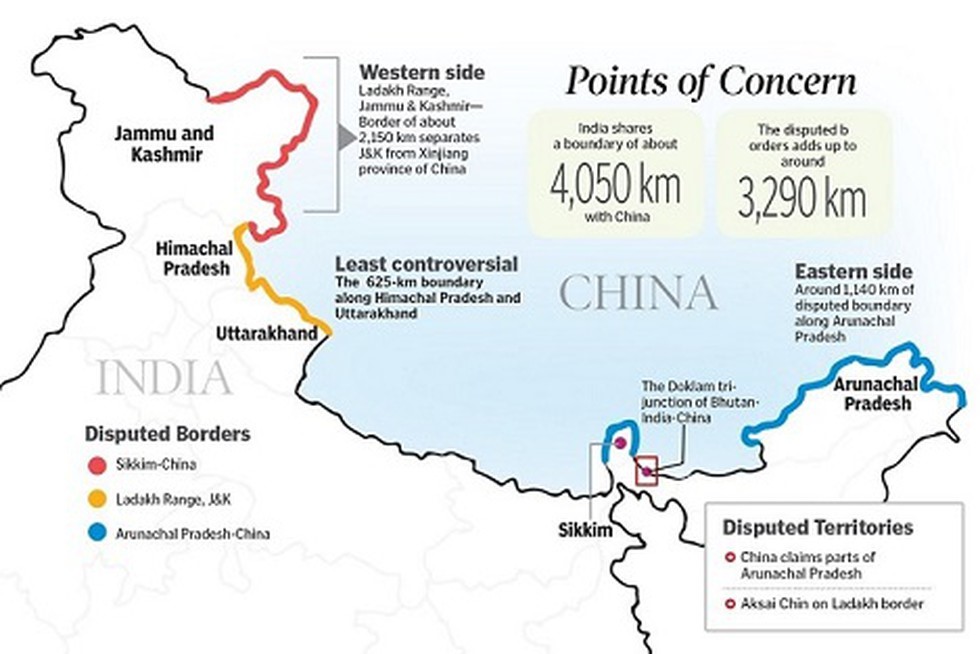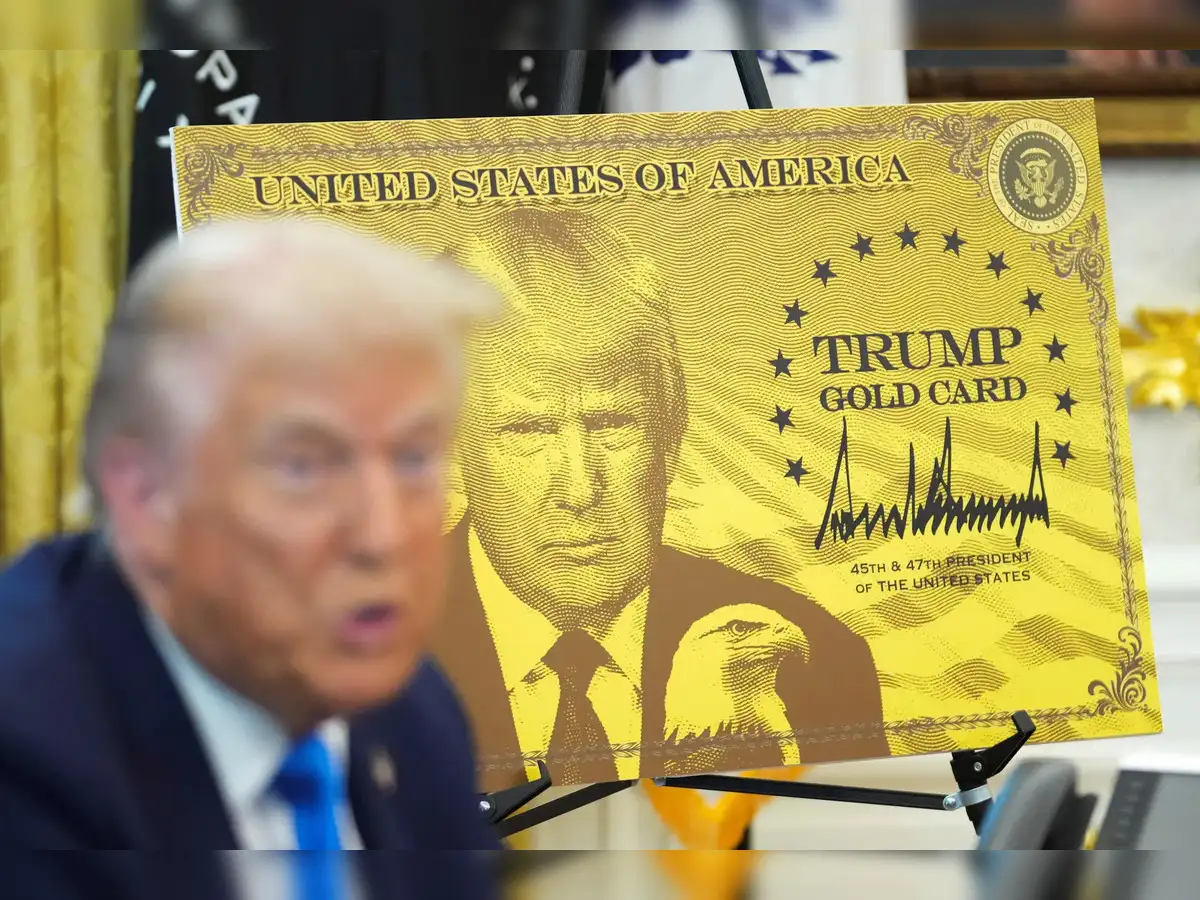Description

Copyright infringement not intended
Context: In the first visit by a top Indian official to China in more than three years, the two countries have discussed proposals for disengaging in the two remaining friction areas along the Line of Actual Control (LAC) to create conditions to “restore normalcy” in relations.
Details:
- The MEA said both sides “reviewed the situation along the LAC” and “discussed proposals for disengagement in the remaining areas in an open and constructive manner, which would help in restoration of peace and tranquillity along the LAC in Western Sector and create conditions for restoration of normalcy in bilateral relations”.
- A statement from the Chinese side said both sides “reviewed the positive progress” and outcomes of disengagement in Galwan Valley and four other friction areas, while exchanging views on the next stage of talks.
- It said both sides “agreed to move forward on the basis of the consensus previously reached, accelerate the resolution of issues related to the western section of the Sino-Indian border, and reach a mutually acceptable solution at an early date”.
- To that end, both sides have also agreed to hold the 18th round of talks between senior military commanders at an early date, with the last round held on December 20, 2022.
.jpeg)
Background:
- India and China have been holding talks on the Line of Actual Control in the Eastern Ladakh area to resolve the standoff and 17 rounds have been held so far
- The talks till now have resulted in the resolution of issues in North and South Bank of Pangong Tso, Galwan and Gogra Hot Spring areas.
India-China border issue:
- India-China-relations dates back to more than 2,000 years ago. There have been cultural and economic ties between the two countries since ancient times.
- Relations between contemporary China and India have been characterized by border disputes, resulting in military conflicts like — the Sino-Indian War of 1962, the Chola incident in 1967, the 1987 Sino-Indian and the 2020 India-China skirmish.
- Relations between India and China have come under “severe stress” time and again in the last decade due to multiple border stand-offs along the Line of Actual Control.
Root cause of border dispute between India & China:
- The root cause lies in an ill-defined, 3,440km (2,100-mile)-long border that both countries dispute. Four states - Himachal Pradesh, Uttarakhand (erstwhile part of UP), Sikkim and Arunachal Pradesh and Union Territories of Ladakh (erstwhile state of Jammu & Kashmir) share a border with China.
- The Sino-Indian border is generally divided into three sectors namely: Western sector, Middle sector, and Eastern sector.

Western Sector
- In the western sector, India shares about a 2152 km border with China.
- It is between the union territory of Ladakh (erstwhile state of Jammu and Kashmir) and the Xinjiang province of China.
- The territorial dispute in the western sector is over Aksai Chin. India claims it as part of erstwhile Kashmir, while China claims it is part of Xinjiang.
- The dispute is said to be due to the failure of the British empire as it failed to demarcate a legal border between both countries. During the British rule in India two borderlines were proposed – Johnson’s line and McDonald line in 1865 and 1893 respectively.
- The Johnson’s line shows Aksai Chin in Ladakh i.e. under India’s control whereas McDonald Line places it under China’s control. India considers Johnson Line as a rightful national border with China, while on the other hand, China considers the McDonald Line as the correct border with India.
- The different claims and perceptions of LAC have led to an overlapping area, within that area lies a small zone which both the sides patrol causing clashes of the Indian and the Chinese army.
- At present, Line of Actual Control (LAC) is the line separating Indian areas of Ladakh from Aksai Chin. It is concurrent with the Chinese Aksai Chin claim line.
Middle Sector
- In the middle sector, India shares about 625km of the border with China. This is the only sector where the both countries have less disagreement. The border runs from Ladakh to Nepal.
- The states of Himachal Pradesh and Uttarakhand touch the border with Tibet in this sector.
Eastern Sector
- In the eastern sector, India shares a 1140km boundary with China. The boundary line is called McMahon Line runs from the eastern limit of Bhutan to a point near the Talu Pass at the trijunction of Tibet, India, and Myanmar.
- The majority of the territory of Arunachal Pradesh is claimed by China as a part of Southern Tibet.
- China considers the McMahon line illegal. McMahon proposed the line in the Simla Accord in 1914to settle the boundary between Tibet and India, and Tibet and China. Though the Chinese representatives at the meeting initialled the agreement, they subsequently refused to accept it.

Disputed areas along the LAC
- China claims about 90,000 sq km of India’s territory in the northeast, including Arunachal, while India says 38,000 sq km of land in China-occupied Aksai Chin should be a part of Ladakh.
- There are several disputed areas along the Line of Actual Control (LAC), including in Himachal, Uttarakhand and Sikkim.
In Ladakh, the disputed areas include:
- Pangong Tso lake
- Galwan Valley, where Shyok and Galwan rivers meet
- Daulat Beg Oldi (DBO), a key northern region close to the Karakoram Pass.
- The Hot Springs-Gogra area of the LAC
- Demchok which is close to the southernmost part of the LAC in Ladakh.
- Chushul , located on the southern bank of Pangong Tso Lake, has an airstrip and is near Rezang La pass on the LAC.
- Spanggur Gap along the LAC has roads leading to it from either side. India’s Chushul-Demchok road in the area is a critical communication link.
- Samar Lungpa
- Trig Heights
- Chumar
- Dumchele
- Kongka La
In Himachal Pradesh , the disputed areas are
13.Kaurik
14.Shipki La, an ancient trade route.
In Uttarakhand, the disputed areas are-
15.Pulam Sumda
16.Barahoti Plains
In Sikkim, the disputed areas include:
17.North Sikkim, a high-altitude plain area that is snowbound.
18.Chumbi Valley – It is a Tri-junction between India, China and Bhutan. Doklam is located in this region.
Disputed areas in Arunachal Pradesh include:
19.Namkha Chu
20.Sumdorong Chu
21.Asaphila
22.Longju
23.Dichu
24.Yangtse
25.Fish Tail-1 & 2 in Dibang Valley
26.Lamang
Disengagement efforts:
- The military talks to ease tensions between India and China are still underway. Recently, Five points of agreement were set forth after the sixth round of talks between the senior military commanders.
India-China Five-point Agreement:
- Both sides should take guidance from the series of consensus of the leaders
- Current situation in the border areas is not in the interest of either side.
- Both sides shall abide by all the existing agreements and protocol on China India boundary affairs,
- Both sides have agreed to continue to have dialogue and communication through the special representative mechanism on the India-China boundary question.
- Both have decided to conclude new confidence-building measures to maintain peace and tranquillity.
Though the two sides have inked towards a quick disengagement, there is no clear mention of final restoration of status quo in the five points.


https://epaper.thehindu.com/ccidist-ws/th/th_delhi/issues/26165/OPS/GKLATLH0P.1+GCUATMB4R.1.html















